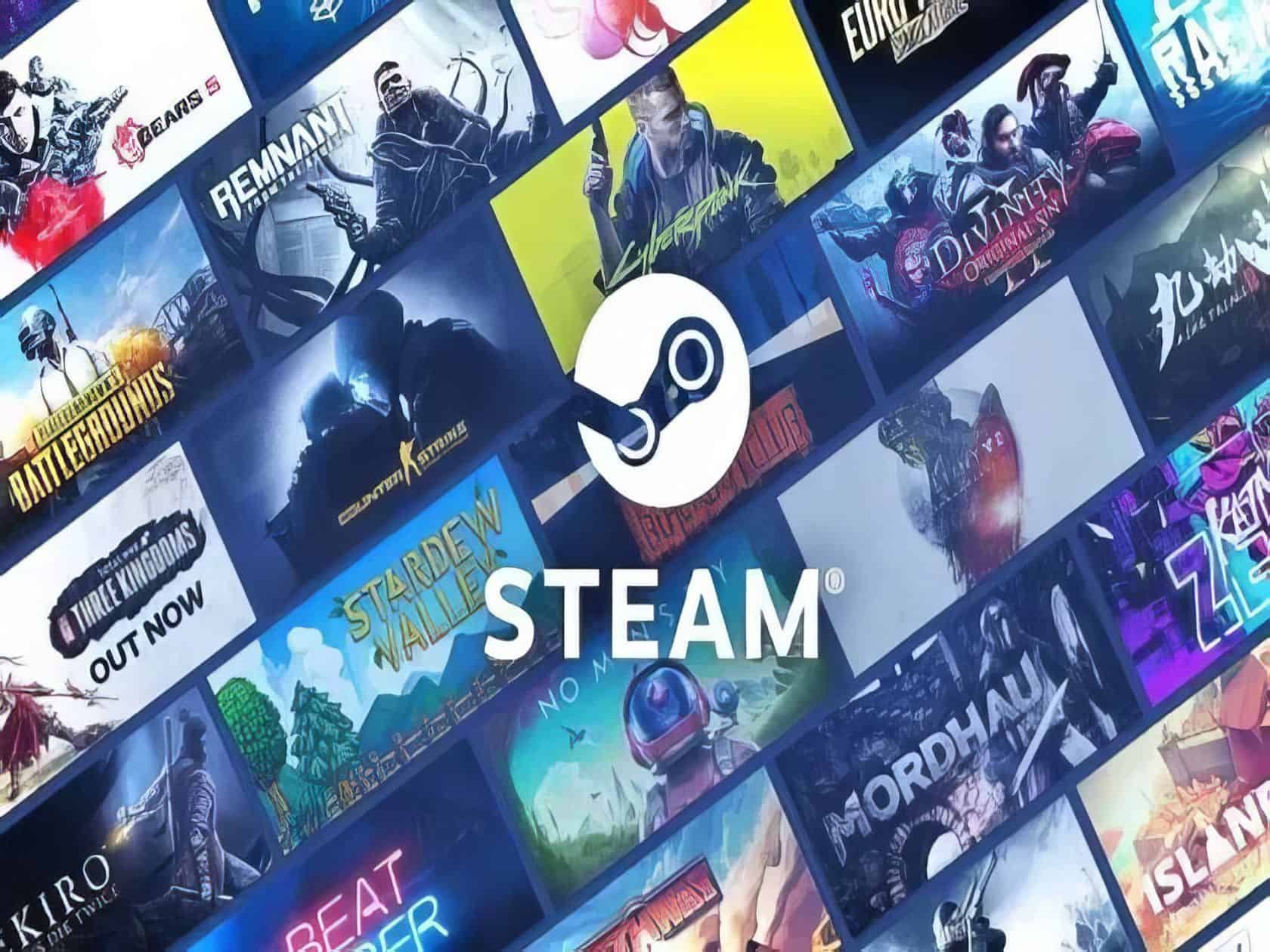You see a game you want, but on Steam it costs more than your allowance—why are Steam keys so cheap on other sites? Third-party game key sites often have much lower prices than buying directly from Steam.
In this post, you’ll learn five secrets behind these low prices and how to shop safely without losing your money. Read on to save big and play more games today!
Key Takeaways
Steam keys often cost less since digital platforms remove extra expenses—no physical boxes, discs, or shipping fees involved.
Games priced at $60 in the US may go for around half the price, about $30, in regions such as Poland or Russia due to local buying power.
Third-party sellers snag keys cheaply from sales in other countries or bulk purchases, then resell them at a profit, yet still cheaper than official retail.
Bundles let you grab multiple games for big savings—like scoring five quality titles valued above $100 combined, all for roughly $15.
Getting keys from sketchy grey market sources can backfire, as these sellers sometimes provide stolen codes Steam may revoke, risking your account.
Table of Contents
What Are Steam Keys?

Steam keys act as digital tickets, unlocking games directly on the Steam platform. Each key is a unique code—letters and numbers—that lets gamers play without physical discs or cartridges.
Players purchase them from various outlets, including verified online stores and popular third-party sellers like G2A, CDKeys, and Kinguin. Buying digital eliminates costs tied to packaging and shipping, helping keep prices lower for everyone. Steam keys discount options further amplify savings, granting gamers access to their favorite titles at even more attractive prices.
Steam keys open doors to gaming deals that can sometimes be ten times cheaper than official prices.
These digital codes support a whole online market, offering budget-friendly alternatives for savvy gamers. Price-comparison websites like Game Gator help shoppers easily find the lowest prices across multiple vendors.
Indie creators and major game publishers both gain new fans and expand their audience through a variety of online shops beyond Steam itself.
Factors Behind the Low Cost of Steam Keys

Steam keys often cost less than direct purchases due to several market forces at play. These forces create a perfect storm of savings that smart gamers can tap into for major discounts.
Digital Distribution Eliminates Physical Costs

Digital distribution has transformed how gamers access new titles. Platforms like Steam offer lower prices because companies don’t spend on physical goods. They don’t have to produce discs, boxes, or printed guides.
Without factories, storage centers, and shipping, companies save money. Developers pass these savings directly to customers, making digital keys cheaper.
Growth in digital platforms like Steam and Epic Games Store shows this model is effective. Indie developers, without physical production costs, can offer games at reduced prices. With a few clicks, buyers instantly receive their digital keys—no waiting involved.
Regional pricing helps too, letting game prices match local markets. Digital distribution has boosted the gaming market, making it larger and more affordable for players who appreciate a good deal.
Regional Price Differences

Steam keys often cost less in some countries, thanks to pricing strategies from publishers. Companies adjust prices based on local income and economic conditions. For instance, a $60 game in the US might only cost $30 in Poland or Russia, reflecting their lower average incomes.
Sellers see this gap as a chance to profit—buying keys cheaply in one region, then reselling to gamers elsewhere at discount prices.
The global gaming market operates on a sliding scale of value.
Currency exchange rates heavily influence these price differences. If Hungary’s or Lithuania’s currency weakens against the US dollar, games become even more affordable there. Resellers purchase cheaper keys from these countries, then offer them in Western markets below retail cost, yet still make a tidy profit.
This gray market grows from regional pricing differences—letting budget-savvy gamers buy games at costs reflecting their wallets, not their home countries.
Promotions and Discounts

Game creators often lower prices at launch to quickly boost early sales. These promotions generate excitement, helping more players experience games at affordable rates. Digital stores frequently hold flash sales, cutting prices by 50-90% for limited times.
This tactic can boost sales dramatically, both for newly launched titles and older games needing renewed attention.
Another popular method involves bundle deals, letting gamers pick up several titles at once for less money. Websites often group popular hits with lesser-known games, creating bundles that offer serious value.
This approach can significantly help smaller developers gain visibility, while offering gamers extra content at lower prices. Prices for Steam keys also depend heavily on third-party resellers, whose operations differ significantly from official stores.
If you’re interested in saving cash, understanding how these resellers work can make a huge difference—check out this helpful guide on how to save money on Steam games.
Bundles and Special Offers

Bundles go beyond regular sales, giving gamers an affordable way to grab more titles. With package deals, you get multiple games at once—and at a fraction of each game’s normal cost.
One time, I snagged five popular titles for only $15 through Humble Bundle; normally, these games would cost over $100. Bundles also boost indie studios by giving them exposure they’d struggle to achieve through regular advertising.
Small developers typically don’t have big marketing budgets, making these multi-title offers ideal for connecting them with fresh audiences.
Third-party sellers usually work closely with game publishers, buying keys in bulk to build these discounted packs. With this method, everybody wins: gamers spend less cash, developers expand their fanbases, and online retailers profit from high sales volumes.
Platforms like Steam regularly showcase bundled offers, letting you stock your library without draining your wallet. Digital delivery cuts the extra production and shipping costs of physical games, and these savings pass straight to buyers as deep discounts.
The Role of Third-Party Key Resellers

Third-party key resellers have changed the game for Steam users looking for deals. These platforms connect buyers with sellers who offer game keys at prices much lower than Steam’s official store.
How Game Key Sites Work

Game key sites work as online marketplaces, not direct sellers. They link buyers to different kinds of sellers in one spot—wholesalers, retailers, and even individual sellers gathered together.
Wholesalers buy game keys in large numbers straight from game publishers and developers. Buying keys in volume means they can offer steep discounts to customers. Retailers, on the other hand, buy keys from these wholesalers or purchase from cheaper regions, then resell them for a profit.
Major distributors supply most keys available online—not independent sellers. Individuals represent a smaller part of the market, typically selling leftover keys from gaming bundles or extra giveaway codes they don’t use.
The gray market for video games pops up due to price differences between certain countries and regions. Some marketplaces emphasize trusted sellers to protect their reputation, while others may allow less credible sources.
Careful buyers prefer stores that carefully verify sellers, avoiding potential payment issues or the risk of losing game access.
Wholesalers, Retailers, and Individual Sellers

You probably understand how Steam key markets run—so here’s a quick look at the main players involved. Three seller types are crucial to keeping digital game costs down and supplies steady:
- Wholesalers purchase Steam keys in large volumes right from developers or publishers. They get huge discounts due to bulk orders and supply most keys sold online, acting as the backbone for affordable digital gaming.
- Retailers buy keys either from wholesalers or sometimes straight from developers. They then add a small markup to turn a profit. Smart sellers often source keys from areas like South America or Asia, where local prices are lower, to undercut Steam’s official pricing.
- Publishers occasionally skip middlemen entirely, offering their own keys directly via storefronts such as G2A Direct. This allows them to set prices themselves, keep branding consistent, and save money.
- Individual sellers offer a smaller-scale but active presence in the market. For example—I once grabbed a Humble Bundle offering ten games, only liked three, and ended up selling the leftover seven keys cheaply online.
- Regional differences in pricing create big opportunities for retailers to profit. A $60 game in the United States could go for as little as $30 in Asian or South American countries, simply due to local financial conditions.
- Grey market resellers take advantage of these price differences, operating in a legal—but somewhat questionable—space. Though not technically breaking laws, they may breach platform rules, such as Steam’s terms of service.
- Marketing campaigns frequently hand out thousands of promotional keys to influencers and reviewers, or for limited-time events. Many keys from these promos end up for sale, further pushing supply higher.
- Steam keys are digital, which means there aren’t physical packages or shipping costs involved. This digital-only approach drastically reduces expenses, enabling games to be priced far below their physical counterparts.
Risks and Considerations When Buying Cheap Steam Keys

Buying cheap Steam keys comes with real risks that smart gampers need to know about. Shady sellers might offer stolen keys that could get removed from your account, while legitimate discount sites can save you money without the worry.
Importance of Verified Sellers

Verified sellers are your safest bet for genuine Steam keys. Trusted retailers protect you from fake codes, which could put your Steam account at risk for a Valve ban. Sure, grey-market sites promise tempting low prices—but behind those tempting offers, real risks lurk.
Legitimate sellers offer authentic keys along with reliable customer support. If trouble arises after your purchase, reputable sellers step in quickly to resolve issues or issue refunds.
Steam enforces strict guidelines about where keys originate. Players tempted by shady resellers may save a few dollars now but face serious trouble later. Your game collection could disappear overnight if Steam flags illegal keys.
Savvy gamers always check reviews and choose trusted stores directly partnered with publishers. Beyond losing game access, buying from unauthorized sellers can hurt you in other ways too—your personal details could become vulnerable or you might unknowingly support harmful activities.
Potential Risks with Grey Market Resellers
Buying from trusted sellers protects gamers, but grey market sites can put buyers in real trouble. Some platforms sell stolen digital keys—Polygon highlighted this issue in May 2020 with their report on G2A’s practices.
Criminals often get these keys through credit card scams, hurting game developers and banks alike. If the stolen keys get tracked down, the company can cancel your access without notice.
Grey market sites also break publisher pricing terms. They sell codes intended for cheaper countries at marked-up prices or resell discount promotions that publishers never planned for public sale.
Even though these sites promise buyer protection, people often struggle to get refunds for faulty keys. Digital platforms lose out too—they miss the chance to run proper security checks and quality reviews on these unauthorized sales.
How Will Steam Key Pricing and Reselling Evolve in 2025?

Steam key prices will probably shift to more controlled distribution by 2025. Game publishers are cracking down on grey-market activity using blockchain checks and unique owner IDs for each key.
These efforts aim to cut down unauthorized resales while still keeping game prices reasonable. Digital stores may also bring in regional locking tied directly to users’ accounts, rather than to specific products.
I’ve noticed several publishers already quietly testing systems that track exactly where keys go after the initial sale.
Next year, major changes in third-party reseller policies will reshape the market significantly. Valve may even create an official market to resell used game keys, setting minimum price limits that protect developers’ incomes.
The days of huge discounts from shady sources seem numbered—as the gaming industry moves into a more controlled market. Savvy shoppers should start forming connections with reliable sellers now, before those changes arrive.
Having a strong purchase record on trusted platforms could soon matter more than making your Steam profile look cool.
People Also Ask
Why are Steam keys sold so cheaply on grey markets?
Grey market sellers usually get Steam keys from areas with lower regional prices. They buy keys in large amounts during promotional sales, then resell them cheaply to make a profit. These sellers operate outside the official distribution platforms, which keeps costs down—but increases risk.
Is it safe to buy cheap Steam keys?
Buying cheap Steam keys from unofficial sites involves some risk. Those keys might not activate properly, or Steam might remove them later. The company guarantees keys bought only from authorized, reliable stores, not from these unofficial marketplaces.
What are the main grey markets for Steam keys?
Many unofficial websites connect people looking for cheap Steam games with sellers who have extra keys. Prices on these platforms can be lower than Steam’s official prices. Still, these websites usually don’t offer the verification and protection measures found on official stores.
How do grey markets get their Steam keys?
Grey market sellers obtain Steam keys through regional pricing differences, bulk promotional deals, and sometimes questionable practices. Keys might come from discounted bundles or promotional giveaways. In some instances, sellers buy keys using stolen payment information—which can financially damage developers and publishers on the official Steam platform.
